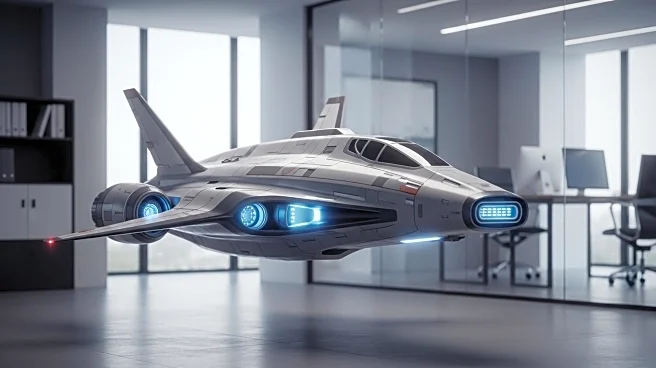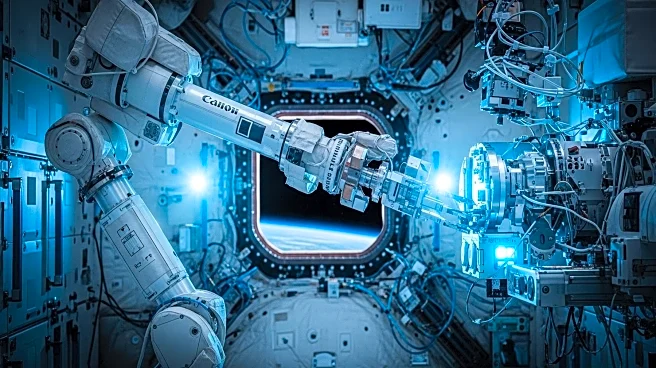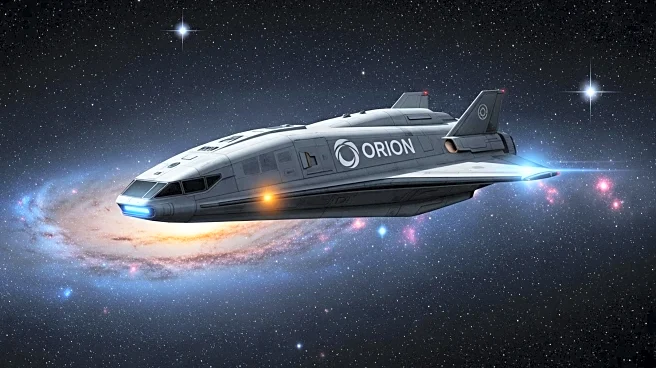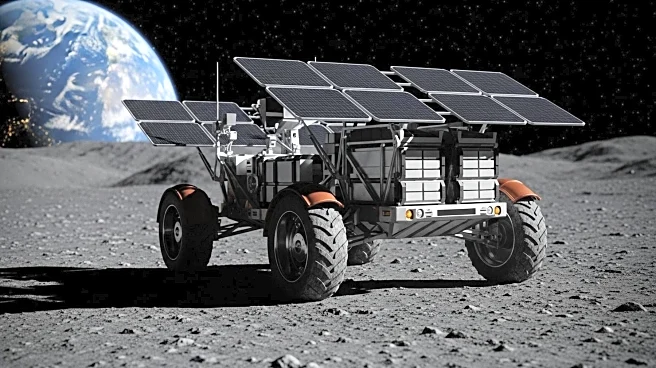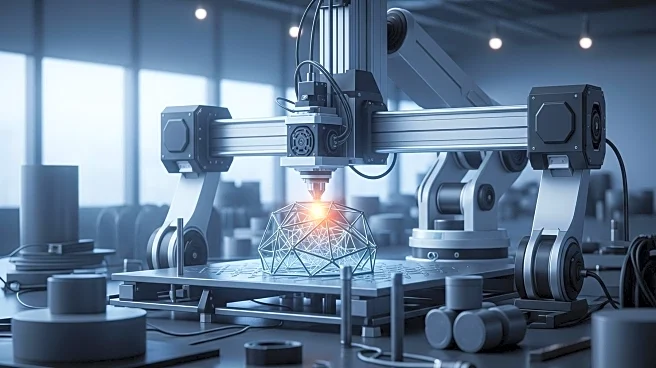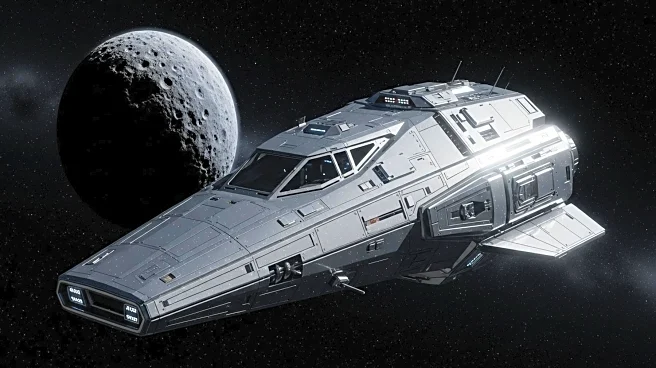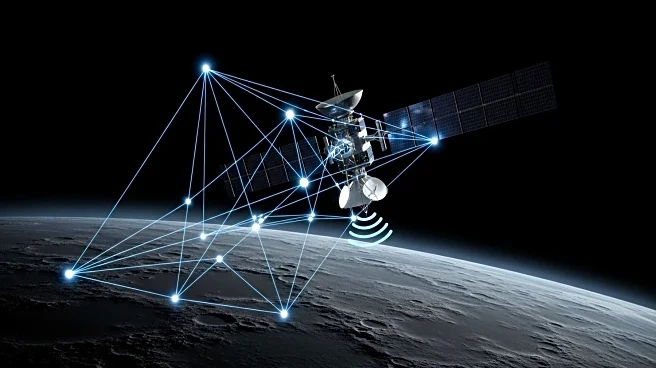What's Happening?
Advanced Navigation has successfully completed terrestrial validation of its LUNA sensor, a critical step towards autonomous lunar exploration. The LUNA sensor, designed to aid lunar landings, was tested in extreme, Moon-like conditions on Earth, demonstrating its capabilities and exceeding performance requirements set by Intuitive Machines for the upcoming IM-4 mission. The sensor uses laser beams to provide real-time correction data, transforming high-stakes lunar descents into controlled landings. Weighing only 2.8 kg, LUNA is compact and efficient, reducing mission mass, complexity, and cost. Tests in Western Australia's Pinnacles Desert and Finland's deepest mine confirmed its precision in GPS-denied environments, achieving minimal error rates. These achievements enable LUNA to enter the final stage of space qualification, ahead of its integration onto the IM-4 mission spacecraft.
Why It's Important?
The validation of the LUNA sensor marks a significant advancement in lunar exploration technology, offering precise navigation capabilities without relying on GPS. This development is crucial for future lunar missions, where unpredictable terrain and lack of atmosphere pose challenges. By providing accurate velocity and altitude data, LUNA enhances the safety and reliability of lunar landings, potentially reducing mission failures. The sensor's compact design also lowers costs, making lunar exploration more accessible. Furthermore, its terrestrial applications extend to industries requiring precise navigation in challenging environments, such as autonomous vehicles and aerial platforms. This innovation positions Advanced Navigation as a leader in space technology, contributing to the broader Australian space industry.
What's Next?
LUNA will undergo final integrated trials to certify it for flight, including shock and vibration testing, electromagnetic compatibility testing, and thermal vacuum testing. These tests will ensure the sensor's readiness for the extreme conditions of space. The successful integration of LUNA into the IM-4 mission spacecraft will pave the way for its use in future lunar missions, supporting autonomous exploration and resource prospecting. Additionally, a terrestrial version of LUNA will be commercially available in late 2025, offering high-precision navigation for platforms operating in GPS-denied environments on Earth.
Beyond the Headlines
The development of the LUNA sensor highlights the growing capabilities of the Australian space sector, showcasing innovation and talent. It also underscores the importance of international collaboration in advancing space technology. As lunar exploration becomes more feasible, ethical considerations regarding resource extraction and environmental impact on the Moon may arise. The success of LUNA could lead to increased interest in lunar missions, prompting discussions on sustainable exploration practices.

